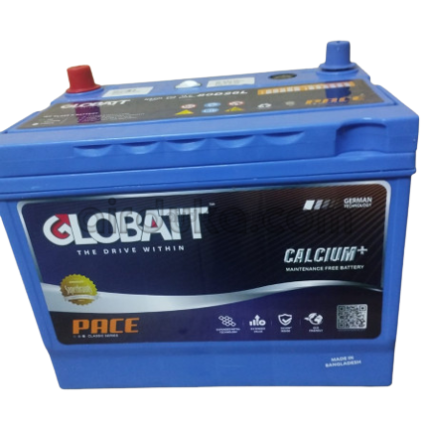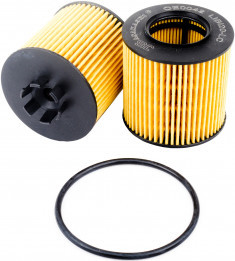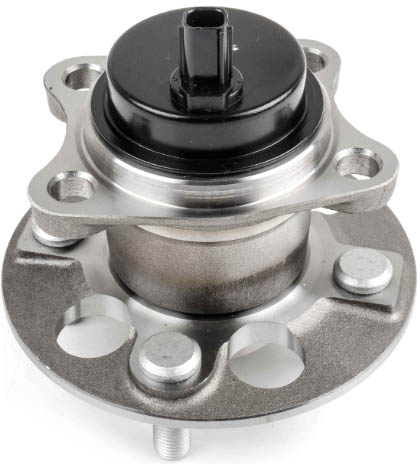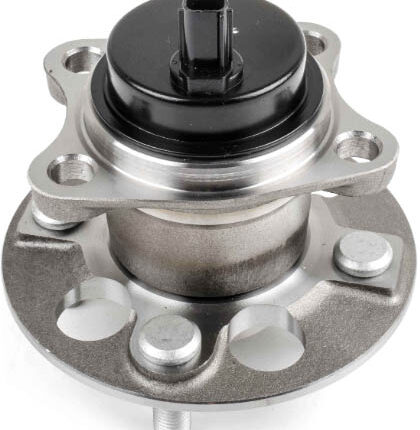Get Toyota Belta Rear Wheel Hub Bearing PHU2370 in Kenya
The Rear Wheel Hub Bearing is a critical component in a vehicle’s suspension and drivetrain system. Situated at the rear axle, this component enables the rear wheels to rotate freely and smoothly while supporting the vehicle’s weight and maintaining alignment under a wide range of driving conditions. Engineered for precision and durability, the rear wheel hub bearing plays a central role in ensuring stable handling, safe braking, and efficient power transmission in rear-wheel drive, front-wheel drive, or all-wheel drive vehicles.
Function and Purpose
The primary function of the rear wheel hub bearing is to allow the rear wheels to spin with minimal resistance while carrying both radial and axial loads. It also helps maintain correct wheel positioning, ensuring alignment and reducing tire wear. In many modern vehicles, the hub bearing assembly also integrates sensors for wheel speed measurement, essential for systems such as ABS (Anti-lock Braking System) and traction control.
The hub bearing supports three key functions:
-
Rotation – Enables smooth wheel movement by reducing friction.
-
Load Bearing – Supports the vehicle’s weight as well as cornering forces.
-
Stability – Maintains consistent wheel positioning and alignment.
Design and Construction
A typical rear wheel hub bearing comprises a few major components designed to work together under high mechanical stress:
-
Outer and Inner Races: Hardened steel surfaces where the ball or roller bearings travel.
-
Rolling Elements: Usually ball bearings or tapered rollers housed between the races to reduce friction.
-
Cage or Retainer: Keeps the rolling elements evenly spaced and guides their movement.
-
Seals: Prevent contaminants (dust, water, debris) from entering and retain lubrication inside the bearing.
-
Hub Flange: Mounting surface for the wheel and sometimes the brake disc or drum.
-
Bearing Housing: Often integrated into the hub for modern designs, forming a sealed unit.
Modern rear wheel hub bearings often come as pre-assembled, sealed, and maintenance-free units to simplify installation and improve durability.
Types of Rear Wheel Hub Bearings
There are different hub bearing configurations depending on the vehicle design and application:
-
Single Row Ball Bearing Hub
Ideal for light-duty applications, these provide smooth operation and moderate load support. Found in compact vehicles or light-duty rear suspensions. -
Tapered Roller Bearing Hub
Designed to handle high radial and axial loads, these are suitable for larger vehicles and those under heavy use. They offer improved strength and longevity. -
Double Row Hub Units (Gen 2 or Gen 3)
Integrated assemblies that combine two sets of bearings and a mounting hub, allowing for compact design and reduced play. Generation 3 designs may include ABS sensors and mounting flanges for suspension and brake components.
Material Considerations
High-quality materials are essential for long-lasting and high-performing rear wheel hub bearings. Common materials include:
-
Chromium Steel: Used for races and rolling elements due to its strength and wear resistance.
-
Polyamide or Brass Cages: Provide smooth movement of rolling elements.
-
Synthetic Rubber or Nitrile Seals: Protect internal components from contaminants and retain lubrication.
Precision heat treatment and surface finishing further enhance fatigue resistance and reduce friction.
Performance Attributes
A well-engineered rear wheel hub bearing delivers a range of performance benefits:
-
Smooth Wheel Rotation: Low-friction design ensures consistent and quiet operation.
-
Enhanced Load Handling: Supports vertical loads from the vehicle’s weight and lateral loads during turns or braking.
-
Vibration Damping: Contributes to a smoother ride by isolating vibrations from road irregularities.
-
Corrosion Resistance: Modern units often feature coatings or treatments that resist rust and environmental degradation.
-
Sealed Maintenance-Free Operation: Pre-lubricated sealed units reduce service requirements and extend lifespan.
These characteristics make rear wheel hub bearings vital for safe and comfortable driving.
Installation Considerations
Installation of a rear wheel hub bearing requires precision to ensure correct fitment and performance. Key steps include:
-
Proper Torquing: Wheel bearing nuts and bolts must be torqued to manufacturer specifications to avoid preloading or excessive play.
-
Clean Mounting Surface: The knuckle and axle flange must be clean and free of debris or corrosion.
-
Correct Orientation: Many hub units are side-specific or directional due to integrated ABS sensors or unique bolt patterns.
-
Axle Shaft Engagement: In vehicles with drive axles at the rear, the axle shaft must align and engage correctly with the splines in the hub.
Failure to follow proper procedures can result in premature bearing wear, vibration, noise, or ABS malfunction.
Signs of Wear or Failure
A failing rear wheel hub bearing often gives warning signs before a complete breakdown. Common symptoms include:
-
Grinding or Growling Noise: Often increases with vehicle speed and may change when cornering.
-
Loose or Wobbly Wheel: Play in the bearing allows the wheel to move slightly on its axis.
-
Uneven Tire Wear: Misalignment due to bearing wear causes abnormal tire contact with the road.
-
ABS Warning Light: If the integrated sensor fails or the signal becomes erratic, the dashboard light may illuminate.
-
Vibration: Especially noticeable in the rear seat area, worsening with acceleration.
Prompt inspection and replacement are crucial when these signs appear to avoid safety hazards or further mechanical damage.
Maintenance and Lifespan
Modern rear wheel hub bearings are designed for long service intervals and often don’t require routine maintenance. Sealed units are lubricated for life, eliminating the need for regreasing.
Lifespan typically ranges from 100,000 to 160,000 kilometers, though it may vary depending on:
-
Road conditions (potholes, dust, water exposure)
-
Load carried
-
Driving habits
-
Quality of bearing material and seals
Periodic inspections during service intervals—especially when brakes or suspension components are serviced—can help detect early wear or play in the hub.
Importance in Vehicle Safety and Handling
The rear wheel hub bearing does more than facilitate wheel movement—it directly affects the safety, handling, and braking of the vehicle. A compromised hub bearing can result in:
-
Poor rear-wheel alignment
-
Reduced braking efficiency (especially in ABS-equipped vehicles)
-
Compromised stability during high-speed driving or cornering
-
Potential wheel detachment in extreme failure cases
Maintaining this component in top condition is essential not only for smooth driving but for road safety.
Follow us on Facebook for more parts.




